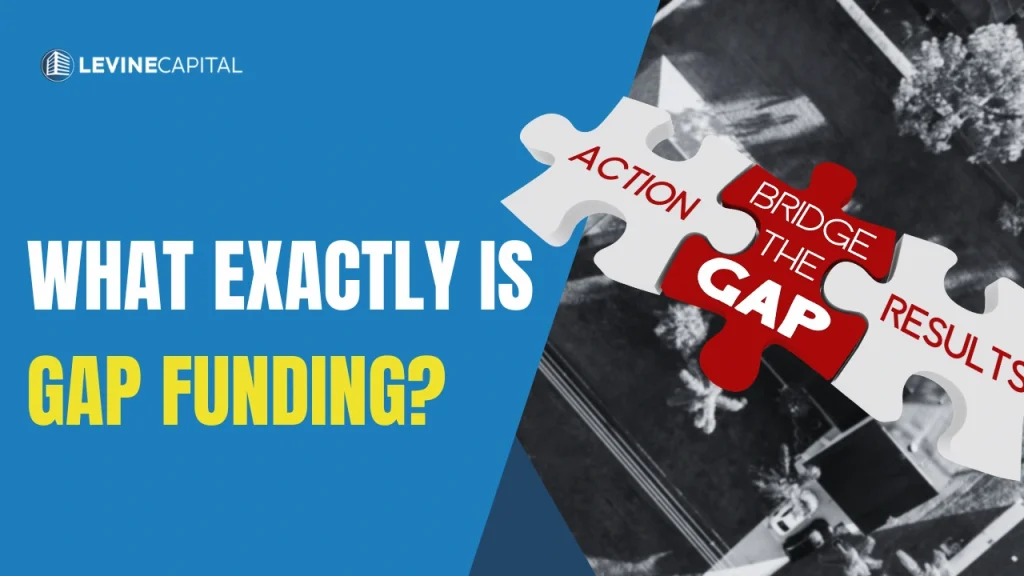
Gap Funding is designed to supply the missing piece between your main financing—often an institutional loan—and the remaining capital required for a project. Here’s how it works:
This approach is a game-changer for real estate investors looking to preserve their capital and accelerate deal flow.
1. Preserve Cash Flow
One of the biggest advantages of Gap Funding is that you don’t need to lock up large sums of money in a single deal. By minimizing how much personal capital you invest, you stay nimble and ready to pounce on additional opportunities.
2. Close Deals Faster
Time is of the essence in real estate. Gap Funding ensures you have the liquidity to meet tight deadlines, giving you a competitive edge in hot markets.
3. Mitigate Financial Risk
With less of your own cash at stake, you reduce your personal financial exposure. Instead of tying up your entire budget in one property, you can spread your capital across multiple projects to diversify and manage risk.
4. Amplify ROI
By leveraging other people’s money (OPM), you can take on bigger or more numerous deals, which in turn boosts your potential returns. Gap Funding allows you to scale and expand your portfolio faster than you could using solely your own funds.
Maximizing the benefits of Gap Funding requires a strategic approach. Here are key steps to consider:
✅ Analyze the Numbers
Before diving into any deal, ensure your projected profits can comfortably cover Gap Funding costs, including interest rates and origination fees. A solid profit margin is essential for a successful outcome.”
✅ Partner with Experienced Gap Funders
Working with a reliable Gap Funder who understands real estate investing can make all the difference. At Levine Capital, our in-depth industry knowledge helps us tailor Gap Funding solutions that align with your specific deal structure and timeline.
✅ Optimize Leverage
Use Gap Funding alongside institutional loans to cover your total project costs. For instance, if you’re offered 80% loan-to-cost (LTC) from a Fix&Flip lender, the remaining 20%, plus closing costs and early rehab expenses, can be funded by Gap Financing.
✅ Negotiate Flexible Term
Some Gap Funders allow you to roll interest payments, closing costs, or even the first rehab draw into the loan. This approach reduces your upfront out-of-pocket expenses and simplifies project management.
✅ Offer Additional Collateral If Needed
In some cases, you might be asked to provide additional collateral to keep your leverage within acceptable limits. While this may require more documentation, it can open up better terms and higher funding amounts.
Gap Funding isn’t a one-size-fits-all approach, but it excels in specific situations:
At Levine Capital, we understand the challenges real estate investors face. Our Gator Gapping Service stands out for several reasons:
Meet Chris, an investor who came to us when his original gap funder withdrew on the day of closing. Levine Capital stepped in, providing swift Gap Funding to save the deal. Chris was able to complete the transaction with no money out of pocket and achieve a profitable flip. Stories like Chris’s are a testament to the power of having the right Gap Funder in your corner.
Yes. Cross-collateralization involves using multiple properties as collateral to secure one loan. This approach can result in higher loan amounts or better interest rates, and it’s often used alongside gap funding to cover any shortfall between the primary loan and the total project cost. However, remember that pledging additional assets increases your overall risk if the loan goes into default. Always consult with legal and financial professionals to fully understand the implications of cross-collateralizing your properties.
No. Currently, these guidelines are available for fix-and-flip loan programs only. As lending conditions evolve, other loan programs may adopt similar policies, but for now, this specific structure and set of requirements pertains exclusively to fix-and-flip financing.
Subscribe to our YouTube channel to discover more about us.